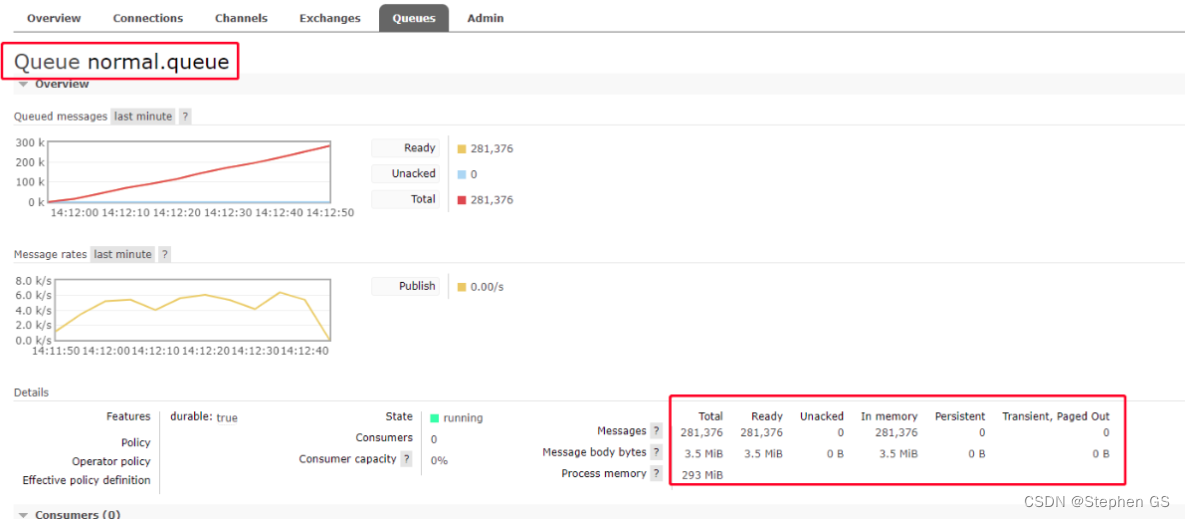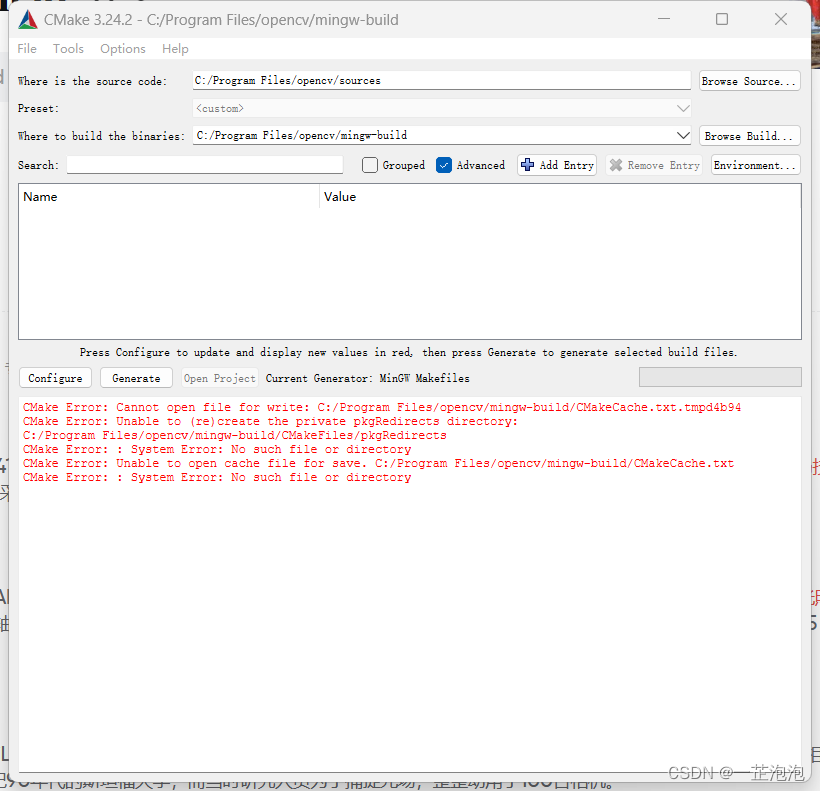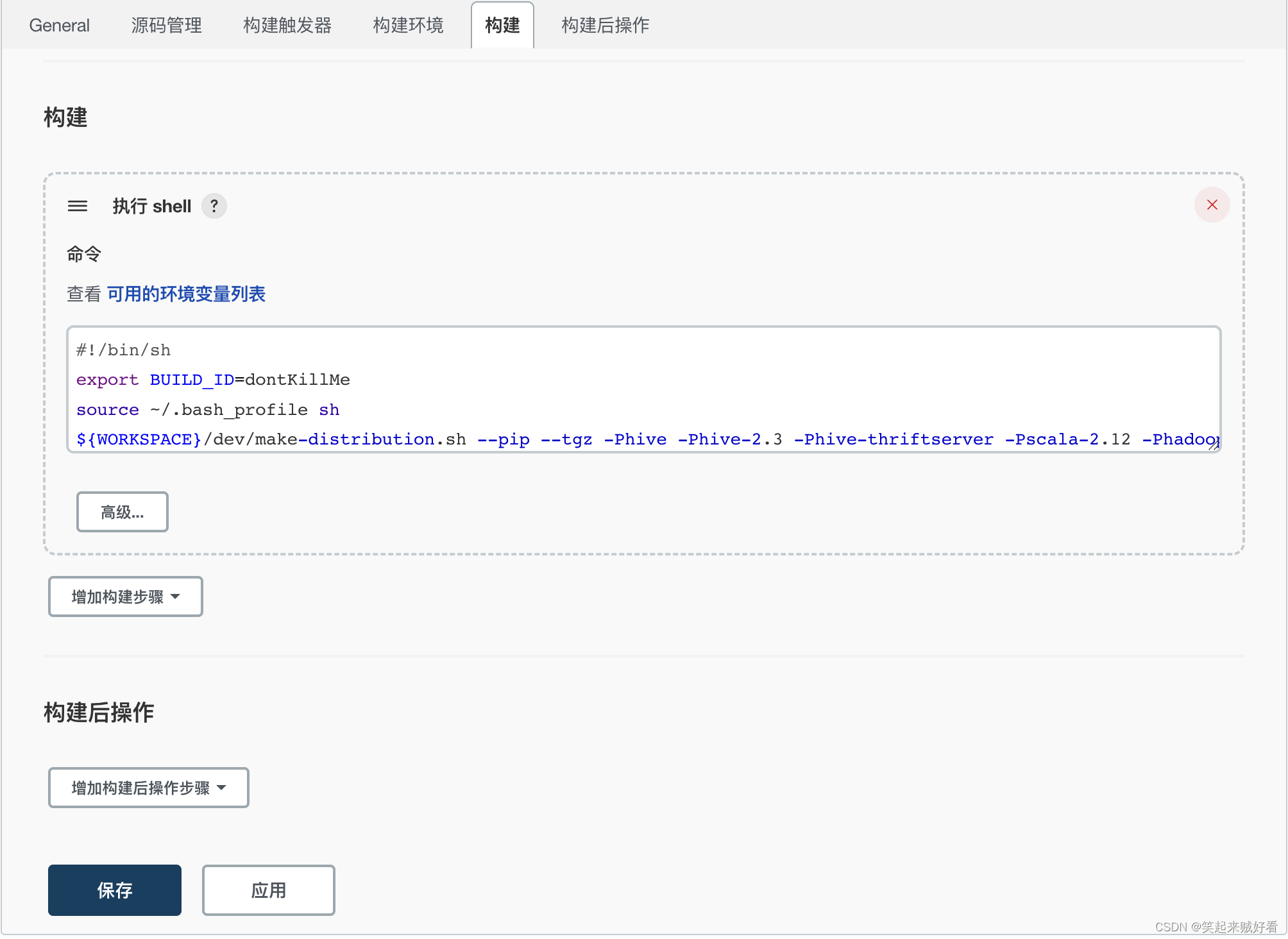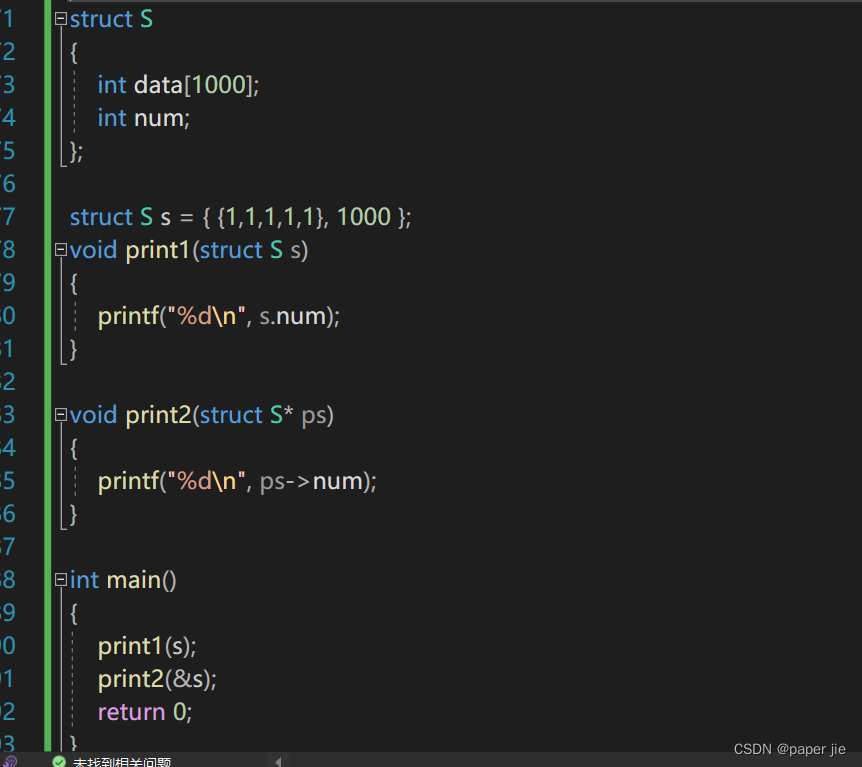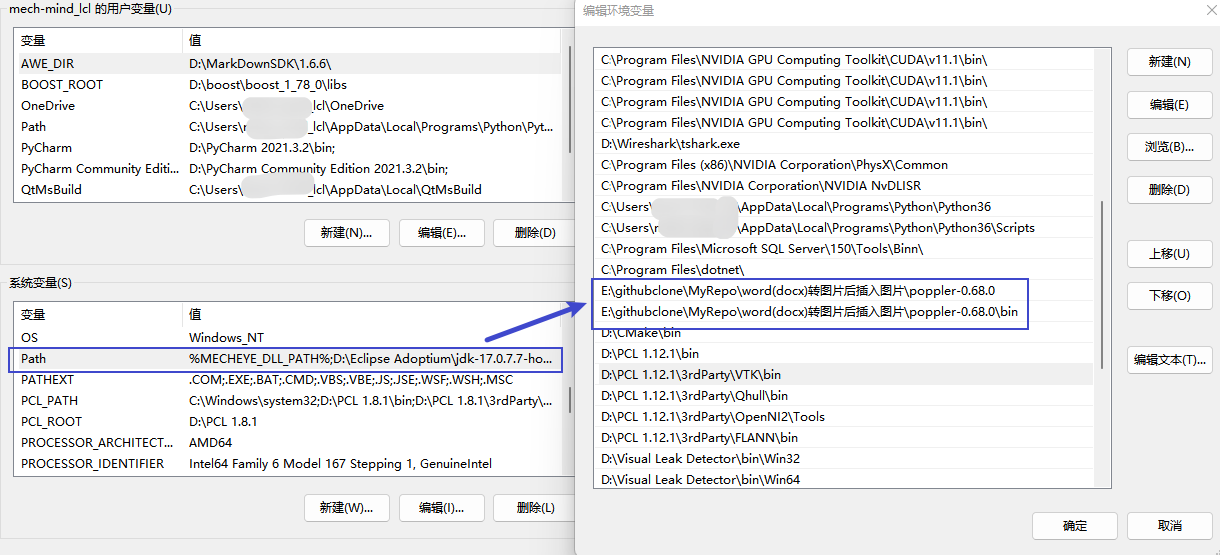文章目录
- 一、Java的四种引用
- 二、ThreadLocal为什么容易内存泄露?
- 三、源码
一、Java的四种引用
1、强引用:强引用在程序内存不足(OOM)的时候也不会被回收
2、软引用:软引用在程序内存不足时,会被回收
3、弱引用:弱引用就是只要JVM垃圾回收器发现了它,就会将之回收
4、虚引用:虚引用大多被用于引用销毁前的处理工作
二、ThreadLocal为什么容易内存泄露?
ThreadLocal提供了线程的局部变量,每个线程都可以通过set()和get()来对这个局部变量进行操作,但不会和其他线程的局部变量进行冲突,实现了线程的数据隔离。
Thread为每个线程维护了ThreadLocalMap这么一个Map,而ThreadLocalMap的key是LocalThread对象本身,value则是要存储的对象。
而key被保存到了弱引用WeakReference对象中,ThreadLocal在没有外部强引用时,发生GC时会被回收(弱引用就是只要JVM垃圾回收器发现了它,就会将之回收),而这个Entry对象中的value就有可能一直得不到回收,那时就会发生内存泄露。

三、源码
//set方法
public void set(T value) {
// 得到当前线程对象
Thread t = Thread.currentThread();
//获取ThreadLocalMap
ThreadLocalMap map = getMap(t);
// 如果map存在,则将当前线程对象t作为key,要存储的对象作为value存到map里面去
if (map != null)
map.set(this, value);
else
//如果不存在,则创建一个
createMap(t, value);
}
//创建ThreadLocalMap
void createMap(Thread t, T firstValue) {
t.threadLocals = new ThreadLocalMap(this, firstValue);
}
//get方法
public T get() {
Thread t = Thread.currentThread();
ThreadLocalMap map = getMap(t);
if (map != null) {
ThreadLocalMap.Entry e = map.getEntry(this);
if (e != null) {
@SuppressWarnings("unchecked")
T result = (T)e.value;
return result;
}
}
return setInitialValue();
}
static class ThreadLocalMap {
/**
* The entries in this hash map extend WeakReference, using
* its main ref field as the key (which is always a
* ThreadLocal object). Note that null keys (i.e. entry.get()
* == null) mean that the key is no longer referenced, so the
* entry can be expunged from table. Such entries are referred to
* as "stale entries" in the code that follows.
*/
static class Entry extends WeakReference<ThreadLocal<?>> {
/** The value associated with this ThreadLocal. */
Object value;
Entry(ThreadLocal<?> k, Object v) {
super(k);
value = v;
}
}
...
}
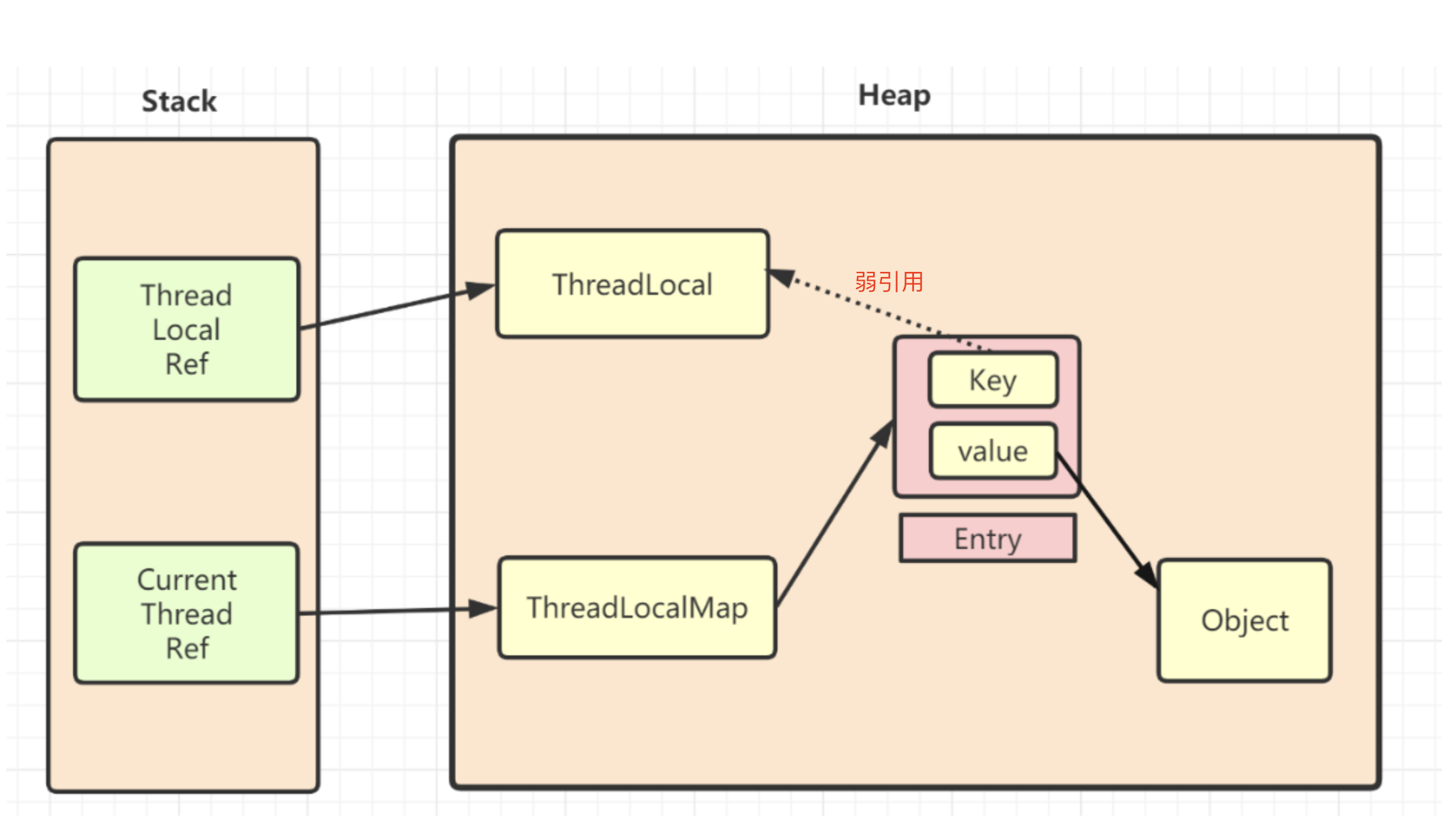
ThreadLocal 的经典使用场景是数据库连接和 session 管理等。






